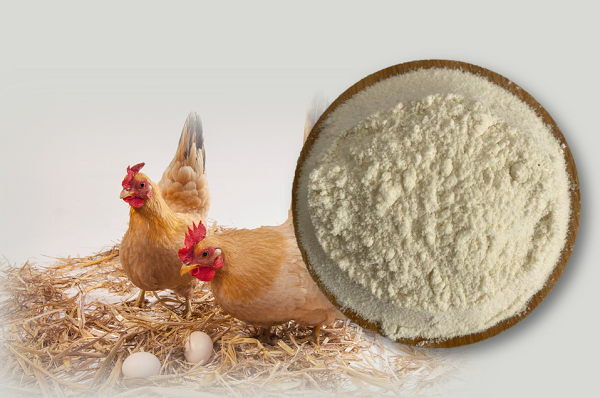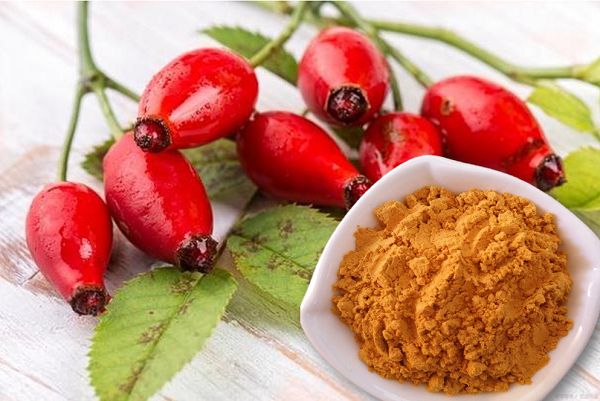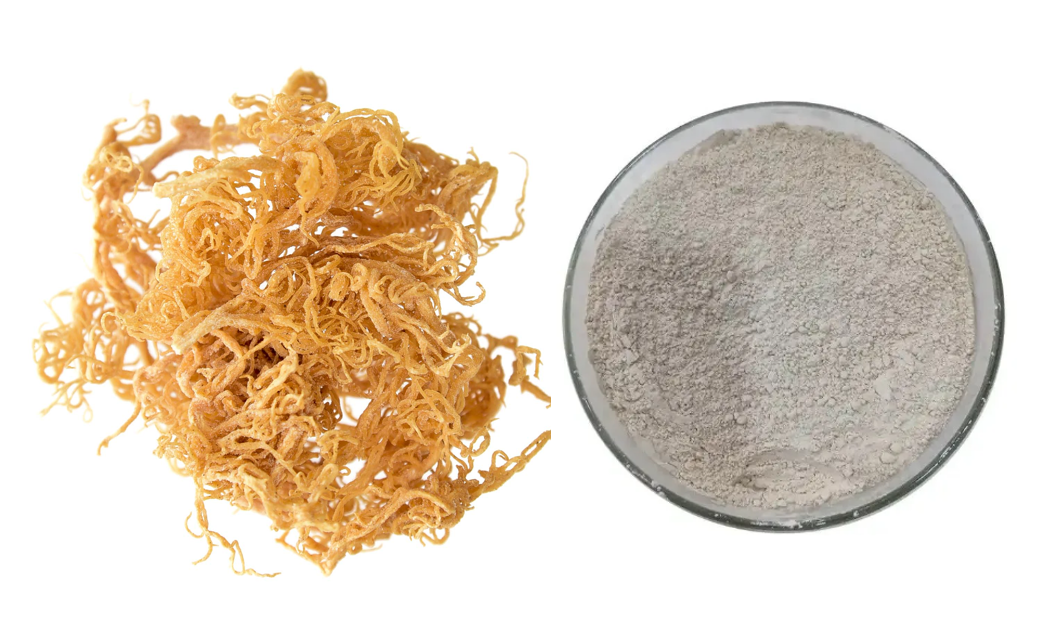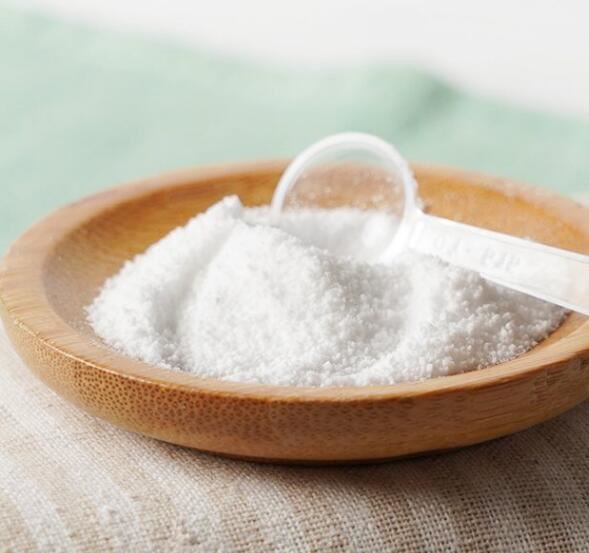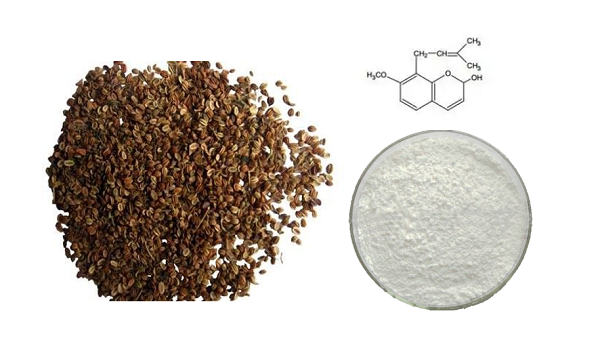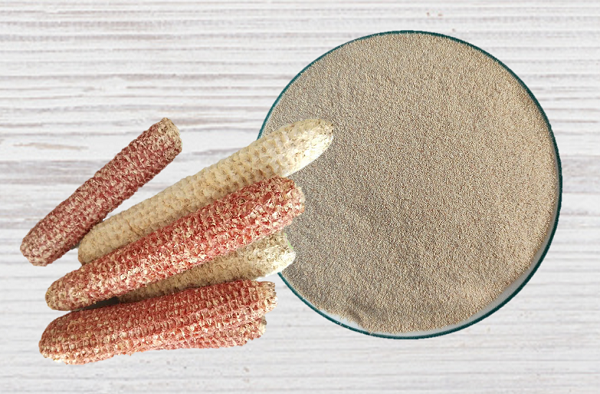Follow Us:
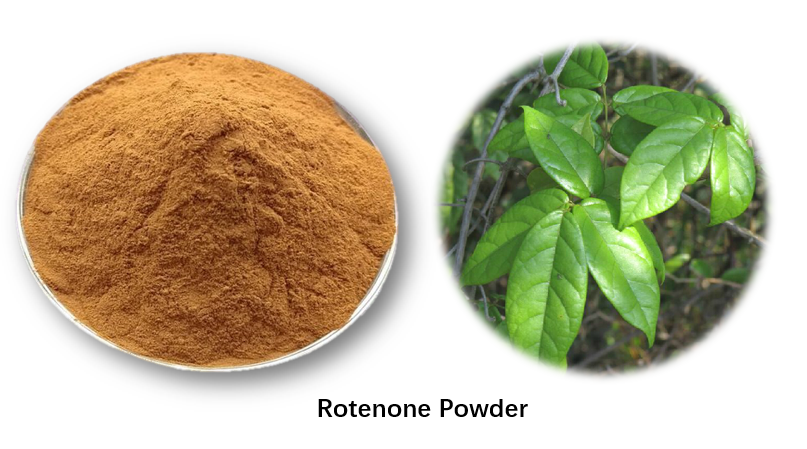
Wholesale Rotenone Powder 40% For Agriculture
In the agricultural sector, the demand for natural pest control solutions is steadily rising. Rotenone powder 40% has emerged as a valuable option, especially for organic farming and eco-friendly pest management. If you are a distributor, supplier, or agricultural solution provider, sourcing high-quality rotenone 40% can offer a competitive advantage.
Looking for wholesale rotenone powder 40% for agriculture? Learn about its source, manufacturing process, and application cases. High purity, competitive pricing, and organic solutions.
Keywords: Rotenone powder, Wholesale Rotenone powder, Rotenone for agriculture, Natural pesticide for organic farming, Buy Rotenone powder bulk, Rotenone suppliers for farming, Rotenone manufacturer, Rotenone supplier, Rotenone for sale.
What is Rotenone Powder?
Rotenone is a naturally occurring compound extracted primarily from the roots and stems of certain plants, notably Derris, Lonchocarpus, and Tephrosia species. In agriculture, it is valued for its effectiveness in controlling a wide range of pests such as aphids, beetles, and caterpillars, without the persistence problems associated with synthetic pesticides.
Rotenone powder 40% refers to a formulation where the active ingredient, rotenone, constitutes 40% of the total composition, balanced with carrier agents to ensure stability and ease of application.

Manufacturing Process of Rotenone Powder
The production of rotenone powder involves several crucial steps to ensure high purity and consistent quality:
1. Harvesting
Selected Derris or Lonchocarpus roots are carefully harvested at their peak potency.
2. Drying
The roots are thoroughly dried under controlled conditions to prevent degradation of active compounds.
3. Grinding
The dried plant material is finely ground to increase the surface area for efficient extraction.
4. Solvent Extraction
Rotenone is extracted using food-grade organic solvents, ensuring safety and maintaining biological activity.
5. Purification
The crude extract undergoes purification to remove impurities and unwanted plant materials.
6. Formulation
The purified rotenone is then standardized to a 40% concentration by blending with appropriate carrier agents.
7. Quality Control
Each batch is tested for active ingredient content, moisture levels, and residual solvents to meet international agricultural standards.
As a rotenone manufacturer and supplier, Greenagribio has developed a brown powder with a concentration of 40%. We are proud to offer you natural, sustainable solutions to enhance organic agricultural productivity.
Greenagribio Agricultural Solution Cases for Customers
1. Organic Fruit Farm Pest Control
A fruit farm in Spain facing issues with aphids and mites turned to Rotenone powder 40% as a solution. The farm applied a low-concentration spray during early infestation periods, achieving over 85% pest control efficiency within two weeks, with no negative impact on fruit quality.
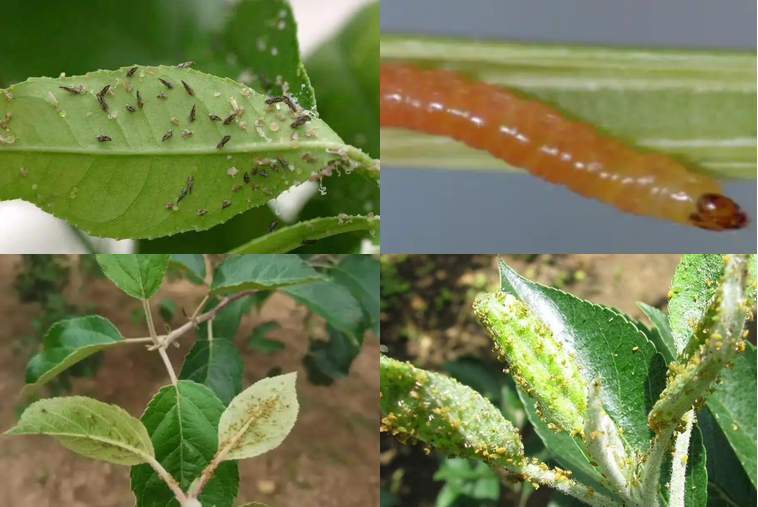
2. Eco-Friendly Vegetable Farming in Italy
An organic vegetable farm utilized Rotenone 40% to manage leaf-eating caterpillars. Its fast knockdown effect helped protect delicate leafy greens without the risks associated with synthetic pesticides, ensuring the farm maintained its organic certification.
3. Integrated Pest Management (IPM) Programs
Several agricultural service companies in South America integrated Rotenone 40% powder into their IPM programs to offer farmers natural pest control options alongside biological controls and trap crops, helping reduce chemical pesticide dependence by 60%.
Contact Us For Wholesale Orders
Ready to offer your customers a trusted natural pest control solution?
Contact us today to request a free quote, get product samples, or learn more about our bulk pricing options for Rotenone powder 40%.
Also See
- Rotenone Powder For Sale: Aquaculture of Application & Dosage
- Bulk Price Matrine Liquid 10% vs Matrine Extract 98% HPLC
- Wholesale Price Sodium Alginate 25KG: For Fertilizer
- Seaweed Extract for Foliar Spray-Agriculture and Gardening Complete Guide
- The Importance of High-Quality Lentinan in Agriculture
- Carvacrol and Thymol: Plant Pesticides in Agriculture
- Why Agriculture Needs Rhubarb Extract Powder: Wholesale Price
- Physcion 1% Yellow Powder HPLC in Agriculture: Wholesale Price
- Wholesale Osthole Extract Best Botanical Pesticide Ingredients
References
BLW (Bundesamt für Landwirtschaft). 2011. Pflanzenschutzmittelbewilligungen Aktualisierung. Accessed February 24, 2014.
BLW (Bundesamt für Landwirtschaft). 2013. Bundesrat setzt Agrarpolitik 2014-2017 um. October 23, 2013. Accessed February 24, 2014.
CAC (Codex Alimentarius Commission). 2009. Guidelines for the production, processing, labelling and marketing of organically produced foods: Annex 2: deletion of rotenone (CL2008/27-fl): Government comments at step 3. Accessed February 24, 2014.
DG SanCo (European Union Director General for Health and Consumers). 2014. Accessed February 24, 2014.
EC (European Commission). 2008. Concerning the non-inclusion of rotenone, extract from equisetum and chinin-hydrochlorid in Annex I to Council Directive 91/414/EEC and the withdrawal of authorisations for plant protection products containing these substances. EC 2008/317, published April 10, 2008.
PMRA (Pest Management Regulatory Agency, Health Canada). 2008. Rotenone Re-evaluation Note. Ottawa, ON: Health Canada.
Hollingworth, RM, Ahammadsahib, KI, Gadelhak, G and McLaughlin, JL. 1994. New inhibitors of complex I of the mitochondrial electron transport chain with activity as pesticides. Biochemical Society Transactions 22: 230-233.
Isman, MB. 2006. Botanical insecticides, deterrents, and repellents in modern agriculture and an increasingly regulated world. Annual Review of Entomology 51: 45-66. Doi: 10.1146/annurev.ento.51.110104.151146.
NOSB (National Organic Standards Board). 1994. Botanical Pesticides Policy. Accessed February 5, 2014.
NOSB (National Organic Standards Board). 2012a. Petition to add Rotenone to the National List §205.602 as a Prohibited natural. Accessed February 5, 2014.
NOSB (National Organic Standards Board). 2012b. Proposal to add Rotenone to the National List §205.602 as a Prohibited natural. Accessed February 5, 2014.
Sherer, TB, Betarbet, R, Testa, CM, Seo, BB, Richardson, JR, Kim, JH, Miller, GW, Yagi, T, Matsuno-Yagi, A, and Greenamyre, JT. 2003. Mechanism of toxicity in rotenone models of Parkinson’s disease. Journal of Neuroscience 23: 10756—10764.
Tanner CM, Kamel F, Ross GW, Hoppin JA, Goldman SM, et al. 2011. Rotenone, Paraquat, and Parkinson’s Disease. Environmental Health Perspectives 119(6). doi:10.1289/ehp.1002839. US EPA. 2007. Re-registration Eligibility Decision for Rotenone. US EPA Case #0255













